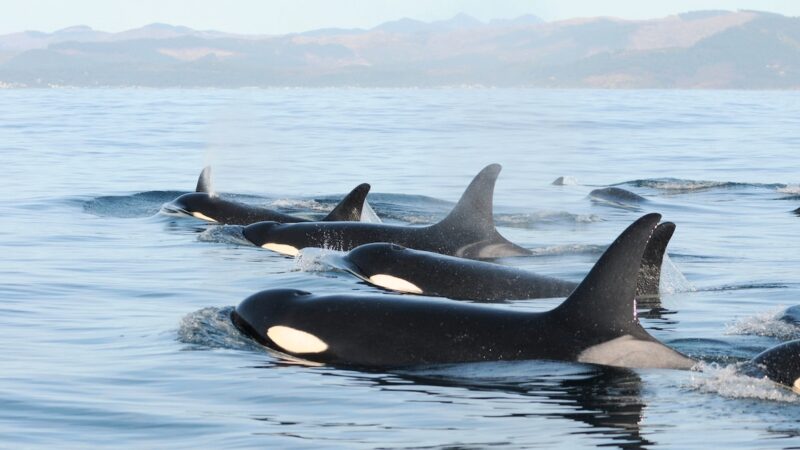What’s killing the killer whales in the Pacific
New report provides a look at the multitude of human and environmental threats affecting killer whales
By SeaWestNews
Orcas face a variety of mortal threats, many stemming from human interactions, states a new study which analysed the pathology reports on more than 50 killer whales stranded over nearly a decade in the northeast Pacific and Hawaii.
The study, led by the British Columbia Ministry of Agriculture and published in the journal PLOS ONE, said that understanding and being aware of each threat is critical for managing and conserving killer whale populations.
“In British Columbia, we lost nine southern resident killer whales: 2 adults, 2 subadults and 1 calf died from trauma; one was a confirmed propeller strike, with one adult and two subadults from suspected ship strikes,” said lead author Stephen Raverty, a veterinarian pathologist with the BC Ministry of Agriculture and adjunct professor at UBC’s Institute for the Oceans and Fisheries.
“One of these iconic species passed away from an infection secondary to satellite tagging. Another death was due to natural causes and the other two undetermined. Half of the southern killer whale deaths identified in this study were caused by human interactions,” he said.
The orcas studied include those from healthy populations as well as endangered species, such as the southern resident whales regularly sighted off the coasts of British Columbia, Washington and Oregon.
Of 52 killer whales stranded between 2004 and 2013, causes of death were determined for 42 percent. For example, one calf died from sepsis following a halibut hook injury. Another starved from a congenital facial deformity. Two whales died from the blunt force trauma of vessel strikes. Additional causes of death include infectious disease and nutritional deficiencies.
“Nobody likes to think we’re directly harming animals,” said co-author and SeaDoc Society Director Joe Gaydos, a wildlife veterinarian with the Karen C. Drayer Wildlife Health Center in the UC Davis School of Veterinary Medicine.
“But it’s important to realize that we’re not just indirectly hurting them from things like lack of salmon, vessel disturbance or legacy toxins. It’s also vessel strikes and fish hooks. That humans are directly killing killer whales across all age classes is significant; it says we can do a better job,” he said.
The authors acknowledge the report is an incomplete picture of orca health and mortality. Necropsies can only be performed on whales found in an adequate state to receive them, and even then, the cause of death cannot always be determined.
But the report offers one of the most comprehensive looks yet at the multitude of human and environmental threats affecting killer whales and can help inform strategies to better protect them.
The study was conducted by a team of marine mammal and orca specialists coordinated through the SeaDoc Society, a Washington-based program of the University of California, Davis’ School of Veterinary Medicine.
There are about 75 Southern Resident Killer Whales now and conservationists say they are on a collision course with extinction mainly because of declines of their primary prey, Chinook salmon.
The known range of the Southern Resident Killer Whale, which are also threatened by contaminants extends from southeastern Alaska to British Columbia down to central California.
Efforts are underway on both sides of the border to save the killer whales, which include boosting hatchery production of Chinook salmon, habitat restoration and sweeping closures of commercial and recreational fisheries around Vancouver Island.
(Image courtesy of NOAA)

